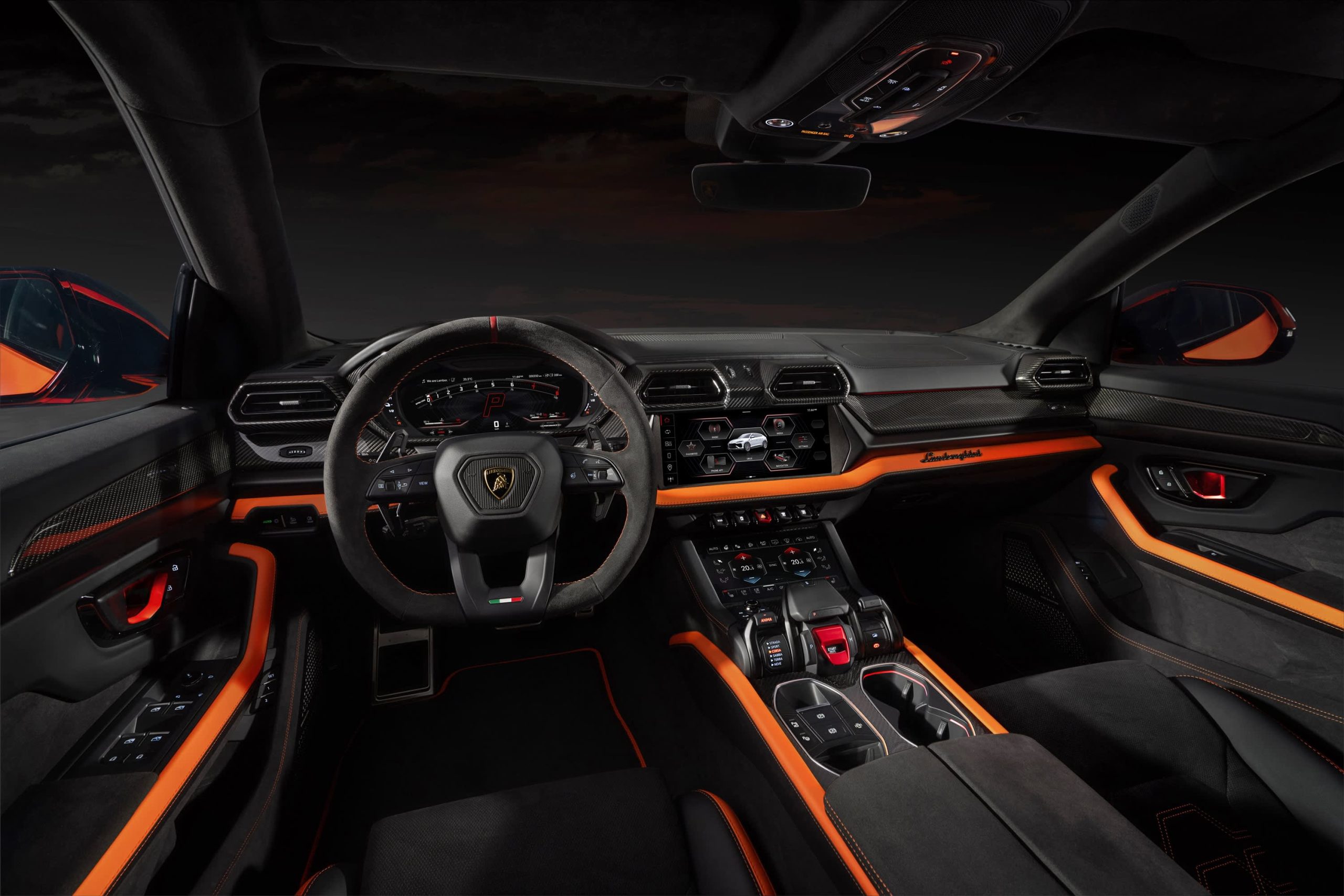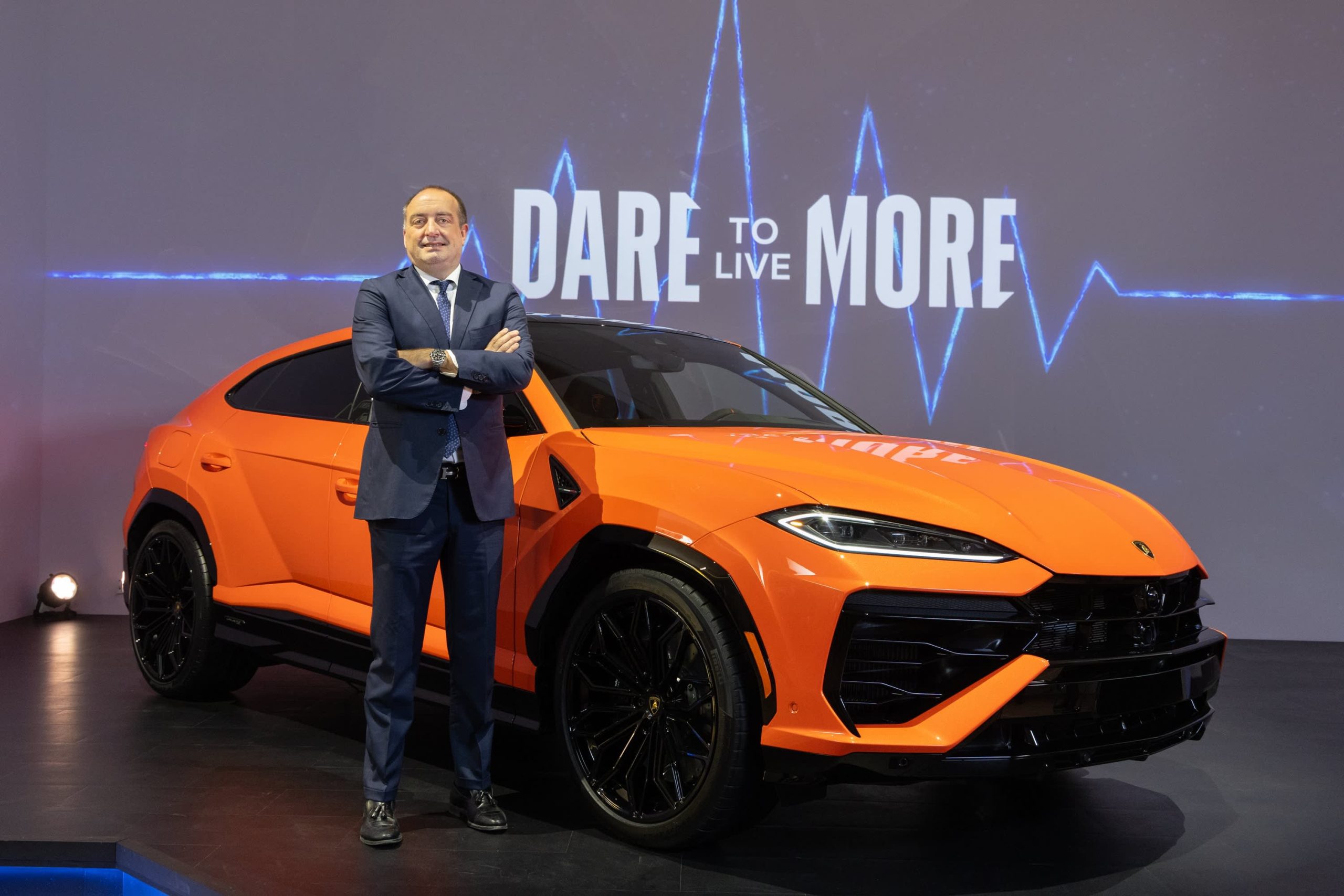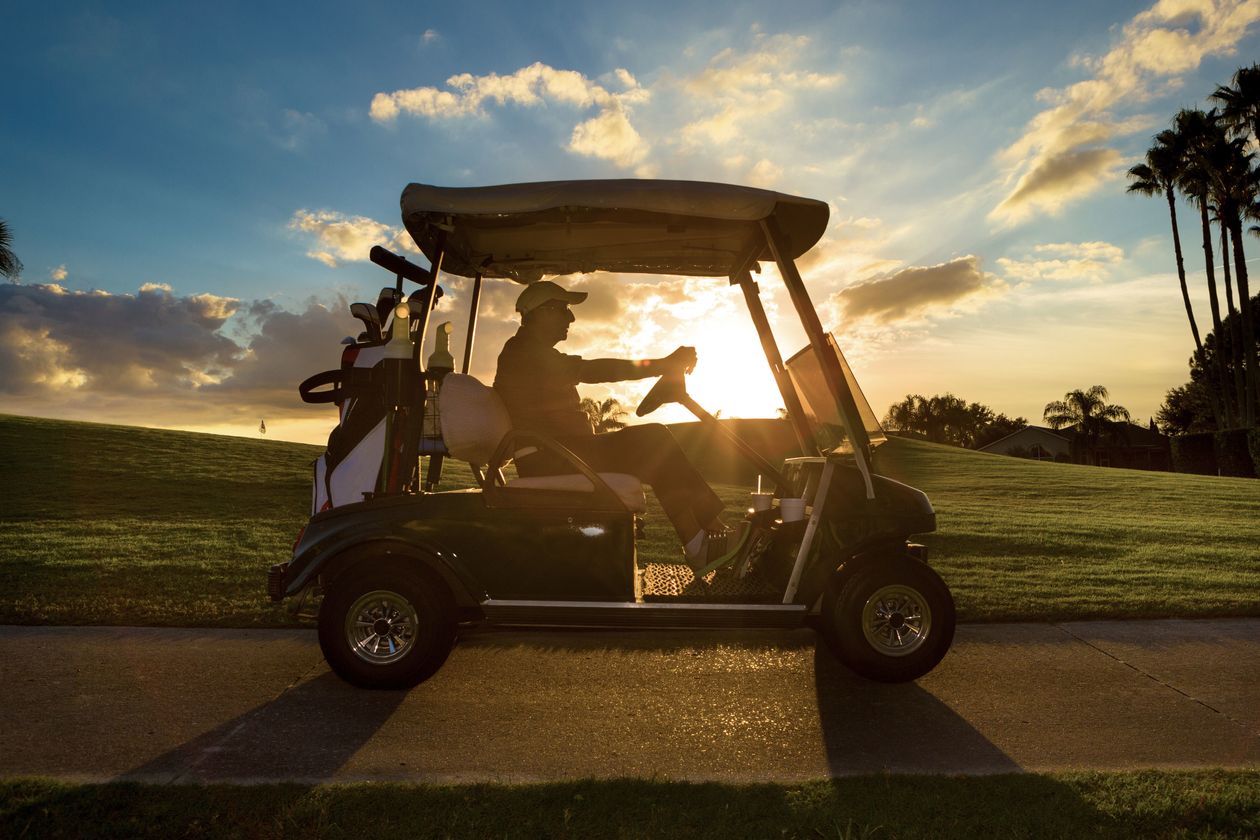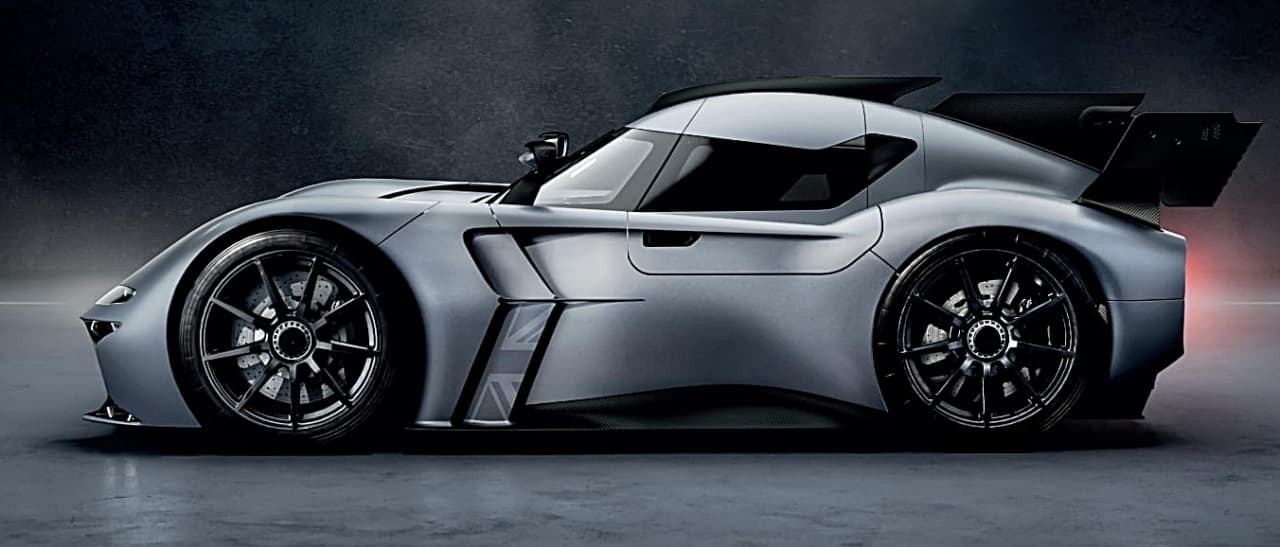Being Outside Is Good For Your Health—But Does Golf Count?
There are many health benefits of spending time in nature—but what exactly does that mean?
In response to our recent story about the health benefits of spending time in nature, readers wanted to know: What type of nature counts?
The bottom line
Lots of studies indicate it is good for you to spend time in the woods. But what about the beach? The garden? On a motorcycle? What about a golf course? What if you don’t walk the golf course but ride in a cart? What if you’re having a really frustrating game?
Though hundreds of studies convincingly suggest that spending time in nature is good for health and longevity, scientists still don’t know exactly why. “What really is it about ‘nature’ that makes us healthier? We can’t nail it down to one thing that is true for all people,” says Christopher Minson, a University of Oregon physiology professor and chief science officer of NatureQuant, a startup working on an app for users to track the time they spend in nature.
Take golf courses, for instance. Those count as nature because they are green space. Numerous studies have associated golf with improved health. But is that because of the exercise or the nature? “No research I’m aware of has directly investigated whether the health benefits to being on a golf course can be attributed to nature itself,” Dr. Minson says.
The details
Beach time? It is good for your physical and mental health, according to a growing body of research. Adults in England who live in coastal areas “tend to be happier and healthier than similar individuals inland,” according to a study published in the journal Environment International in 2019. That may be partly because they were more physically active. They took more walks. The difference in onland physical activity between those living less than 5 kilometres—or a little over 3 miles—from the coast and those living more than 50 kilometres was equal to cycling 14 to 40 minutes a week at 15km an hour, the researchers found.
That wasn’t the only reason, though, according to the study. People living inland near “blue spaces”—rivers and lakes—also reported greater health and happiness that wasn’t associated with physical activity.
No, you don’t have to be exercising to reap the benefits of nature.
The practice the Japanese call “forest bathing” is strongly linked to lower blood pressure, heart rate and stress hormones and decreased anxiety, depression and fatigue. It also is linked to decreased inflammation. Many scientists believe the benefits aren’t due just to clean air and less noise, but the substances released from trees, plants and soil. Those include organic compounds, pollen, fungi and bacteria that contribute to the diversity of microorganisms humans need for a robust and diverse microbiome—all the tiny living things on us and in us that protect us from disease. So just breathing the fresh forest air may help strengthen our immune systems, according to a review published in February in the International Journal of Environmental Research and Public Health.
The benefits don’t just occur in forests. Scientists define nature as all sorts of environments dominated by living material, from a small urban park to the wilderness, according to research. Their definition of “nature exposure” ranges from plants in a room to camping trips to virtual reality.
That means you are likely to get some nature benefits from gardening, kayaking or even on a motorcycle, assuming it’s out in the country, says Dr. Minson. A lot more research is needed to know just how much.
 Copyright 2020, Dow Jones & Company, Inc. All Rights Reserved Worldwide. LEARN MORE
Copyright 2020, Dow Jones & Company, Inc. All Rights Reserved Worldwide. LEARN MORE
This stylish family home combines a classic palette and finishes with a flexible floorplan
Just 55 minutes from Sydney, make this your creative getaway located in the majestic Hawkesbury region.
The marketplace has spoken and, at least for now, it’s showing preference for hybrids and plug-in hybrids (PHEVs) over battery electrics. That makes Toyota’s foot dragging on EVs (and full speed ahead on hybrids) look fairly wise, though the timeline along a bumpy road still gets us to full electrification by 2035.
Italian supercar producer Lamborghini, in business since 1963, is also proceeding, incrementally, toward battery power. In an interview, Federico Foschini , Lamborghini’s chief global marketing and sales officer, talked about the new Urus SE plug-in hybrid the company showed at its lounge in New York on Monday.

Lamborghini
The Urus SE SUV will sell for US$258,000 in the U.S. (the company’s biggest market) when it goes on sale internationally in the first quarter of 2025, Foschini says.
“We’re using the contribution from the electric motor and battery to not only lower emissions but also to boost performance,” he says. “Next year, all three of our models [the others are the Revuelto, a PHEV from launch, and the continuation of the Huracán] will be available as PHEVs.”
The Euro-spec Urus SE will have a stated 37 miles of electric-only range, thanks to a 192-horsepower electric motor and a 25.9-kilowatt-hour battery, but that distance will probably be less in stricter U.S. federal testing. In electric mode, the SE can reach 81 miles per hour. With the 4-litre 620-horsepower twin-turbo V8 engine engaged, the picture is quite different. With 789 horsepower and 701 pound-feet of torque on tap, the SE—as big as it is—can reach 62 mph in 3.4 seconds and attain 193 mph. It’s marginally faster than the Urus S, but also slightly under the cutting-edge Urus Performante model. Lamborghini says the SE reduces emissions by 80% compared to a standard Urus.
Lamborghini’s Urus plans are a little complicated. The company’s order books are full through 2025, but after that it plans to ditch the S and Performante models and produce only the SE. That’s only for a year, however, because the all-electric Urus should arrive by 2029.

Lamborghini
Thanks to the electric motor, the Urus SE offers all-wheel drive. The motor is situated inside the eight-speed automatic transmission, and it acts as a booster for the V8 but it can also drive the wheels on its own. The electric torque-vectoring system distributes power to the wheels that need it for improved cornering. The Urus SE has six driving modes, with variations that give a total of 11 performance options. There are carbon ceramic brakes front and rear.
To distinguish it, the Urus SE gets a new “floating” hood design and a new grille, headlights with matrix LED technology and a new lighting signature, and a redesigned bumper. There are more than 100 bodywork styling options, and 47 interior color combinations, with four embroidery types. The rear liftgate has also been restyled, with lights that connect the tail light clusters. The rear diffuser was redesigned to give 35% more downforce (compared to the Urus S) and keep the car on the road.
The Urus represents about 60% of U.S. Lamborghini sales, Foschini says, and in the early years 80% of buyers were new to the brand. Now it’s down to 70%because, as Foschini says, some happy Urus owners have upgraded to the Performante model. Lamborghini sold 3,000 cars last year in the U.S., where it has 44 dealers. Global sales were 10,112, the first time the marque went into five figures.
The average Urus buyer is 45 years old, though it’s 10 years younger in China and 10 years older in Japan. Only 10% are women, though that percentage is increasing.
“The customer base is widening, thanks to the broad appeal of the Urus—it’s a very usable car,” Foschini says. “The new buyers are successful in business, appreciate the technology, the performance, the unconventional design, and the fun-to-drive nature of the Urus.”
Maserati has two SUVs in its lineup, the Levante and the smaller Grecale. But Foschini says Lamborghini has no such plans. “A smaller SUV is not consistent with the positioning of our brand,” he says. “It’s not what we need in our portfolio now.”
It’s unclear exactly when Lamborghini will become an all-battery-electric brand. Foschini says that the Italian automaker is working with Volkswagen Group partner Porsche on e-fuel, synthetic and renewably made gasoline that could presumably extend the brand’s internal-combustion identity. But now, e-fuel is very expensive to make as it relies on wind power and captured carbon dioxide.
During Monterey Car Week in 2023, Lamborghini showed the Lanzador , a 2+2 electric concept car with high ground clearance that is headed for production. “This is the right electric vehicle for us,” Foschini says. “And the production version will look better than the concept.” The Lanzador, Lamborghini’s fourth model, should arrive in 2028.
Consumers are going to gravitate toward applications powered by the buzzy new technology, analyst Michael Wolf predicts
Just 55 minutes from Sydney, make this your creative getaway located in the majestic Hawkesbury region.























